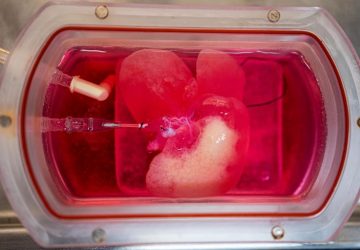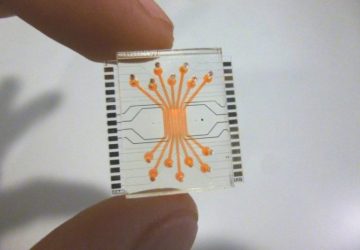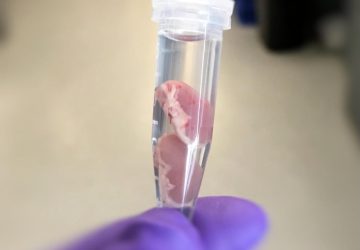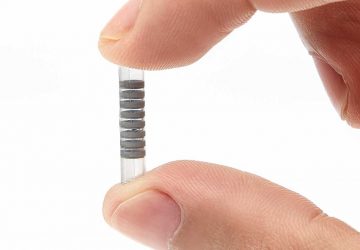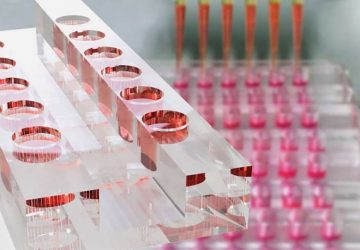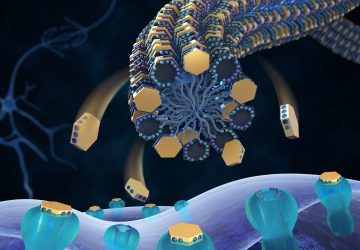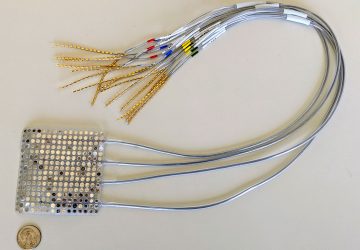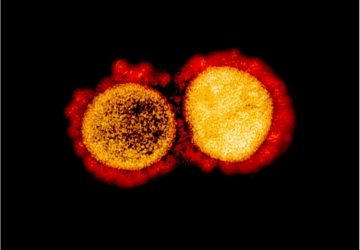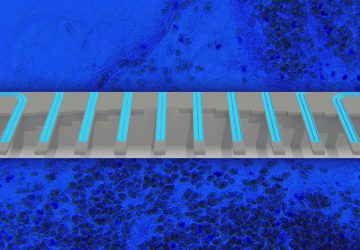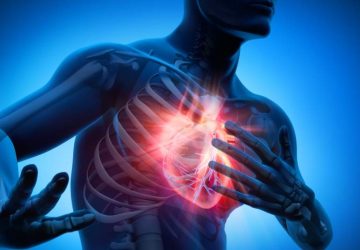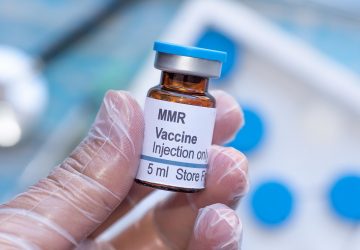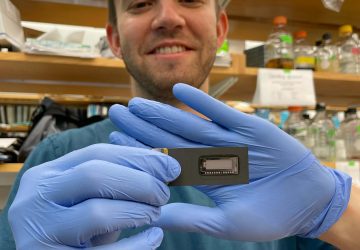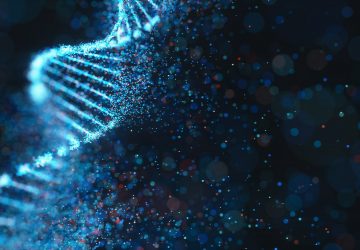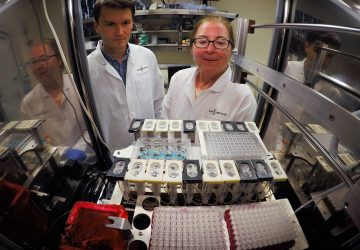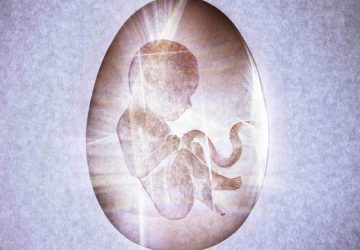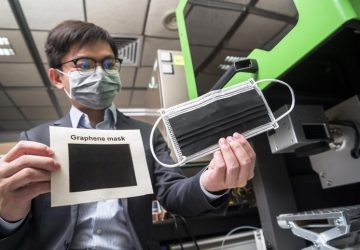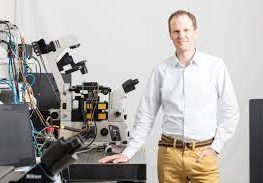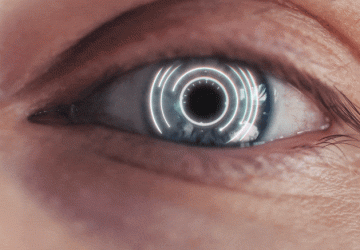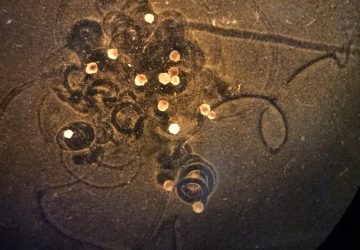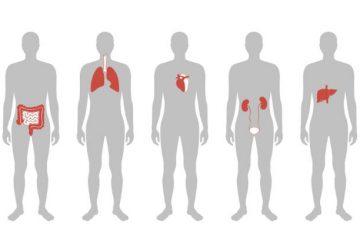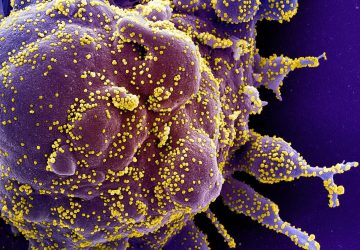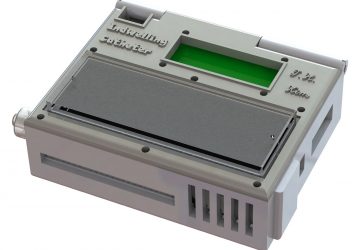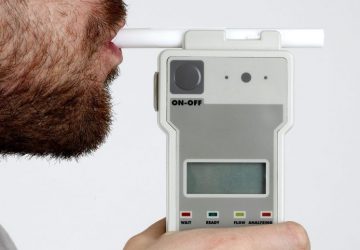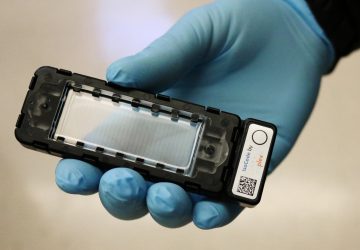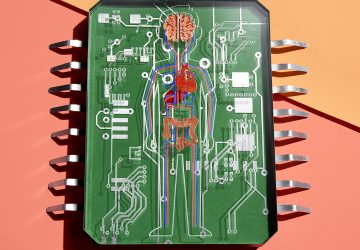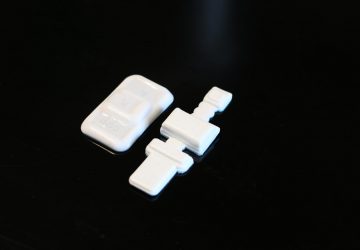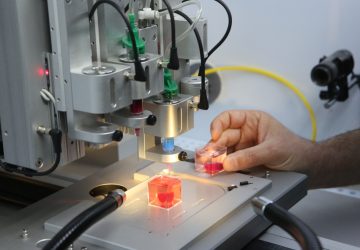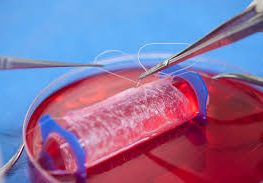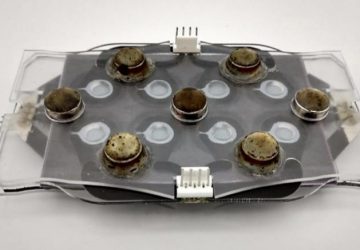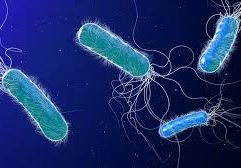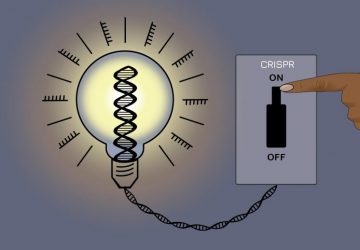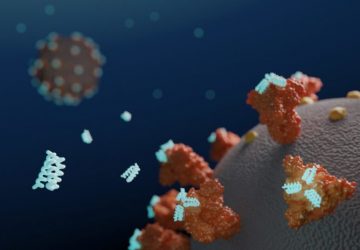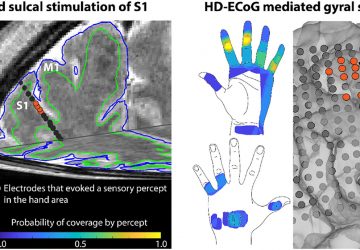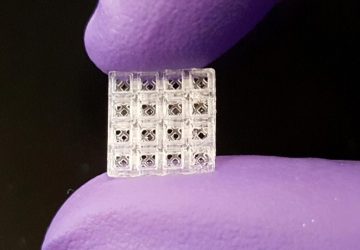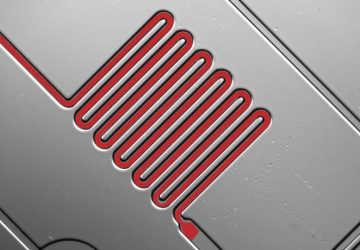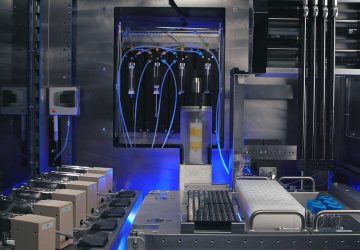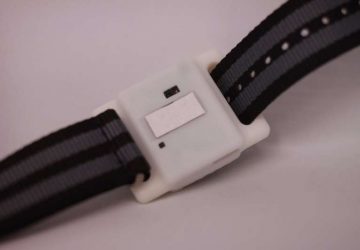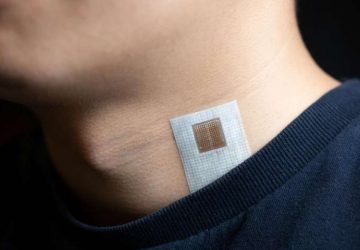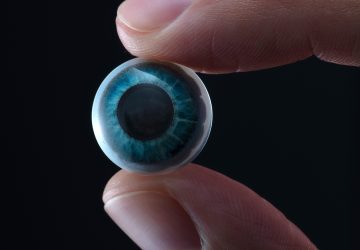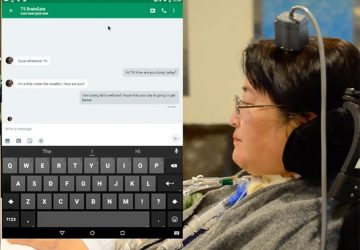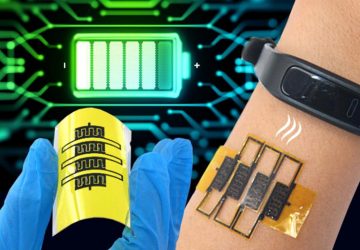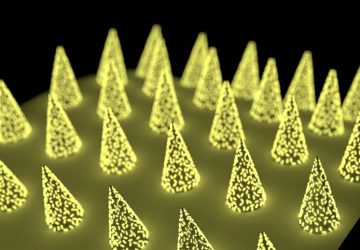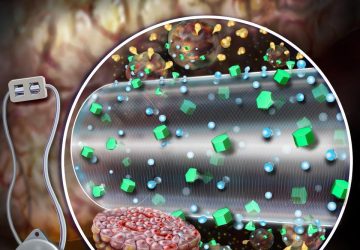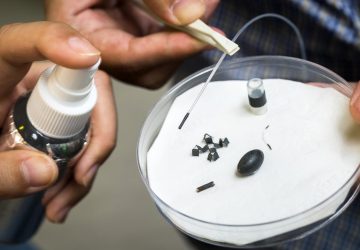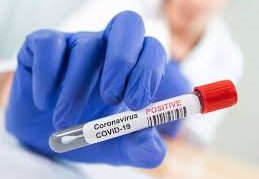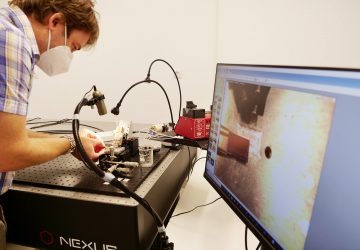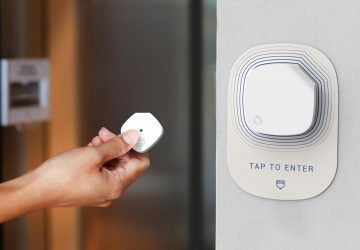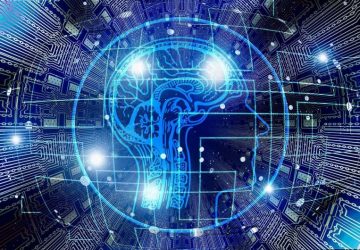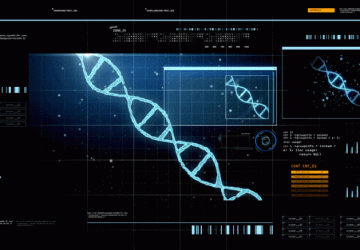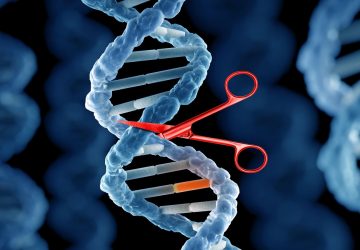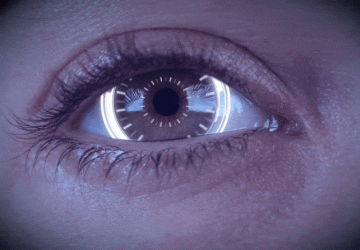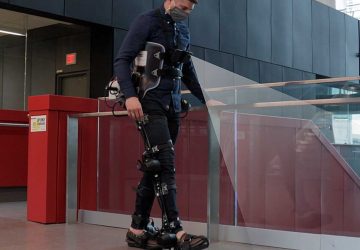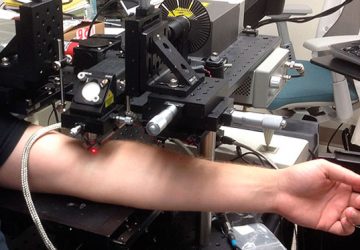Hollow, flea-sized blocks can be filled with materials that improve healing. Tiny, 3D-printed bricks have been designed to heal broken bones — and could one day lead to lab-made organs for human transplant. Inspired by Lego blocks, the small, hollow bricks serve as scaffolding onto which both hard and soft tissue can regrow better than today’s standard regeneration methods, according to new research published in Advanced Materials on July 23,…
Read MoreMembrane nanoparticles acts as a bait to trap SARS-CoV-2
In an exciting new bioRxiv* preprint research paper, Chinese researchers describe the development of membrane nanoparticles from ACE2-rich cells with a potent capacity to block the adherence of severe acute respiratory syndrome coronavirus 2 (SARS-CoV-2). The relentless coronavirus disease (COVID-19) pandemic quickly prompted the pursuit of novel effective therapeutic agents against the highly virulent SARS-CoV-2 virus. One of the prime targets for researchers is the angiotensin-converting enzyme 2 (ACE2), the…
Read MoreCRISPR technology creates pluripotent stem cells that are ‘invisible’ to the immune system
UC San Francisco scientists have used the CRISPR-Cas9 gene-editing system to create the first pluripotent stem cells that are functionally “invisible” to the immune system, a feat of biological engineering that, in laboratory studies, prevented rejection of stem cell transplants. Because these “universal” stem cells can be manufactured more efficiently than stem cells tailor-made for each patient — the individualized approach that dominated earlier efforts — they bring the promise…
Read MoreBrains Improved by Graphene Are on the Horizon
Researchers gain better understanding of how graphene interacts with brain cells to increase neuron activity Image: SISSA While graphene has been tapped to deliver on everything from electronics to optoelectronics, it’s a bit harder to picture how it may offer a key tool for addressing neurological damage and disorders. But that’s exactly what researchers have been looking at lately because of the wonder material’s conductivity and transparency. In the most…
Read MoreData scientist develops novel health ROI to optimize biomedical resource allocations
Public and private entities that fund biomedical research face difficult choices on how to allocate a finite level of capital, and scientists often take risks in selecting research topics multiple times in their academic careers. UNC Charlotte data scientist Lixia Yao, in a recently published article in Nature Biotechnology titled “Health ROI as a Measure of Misalignment of Biomedical Needs and Resources,” suggests a better method for those funding agencies…
Read More
